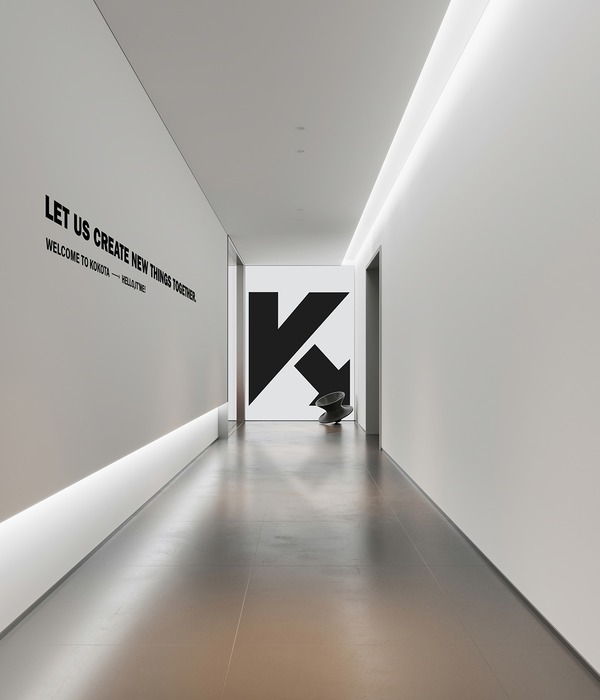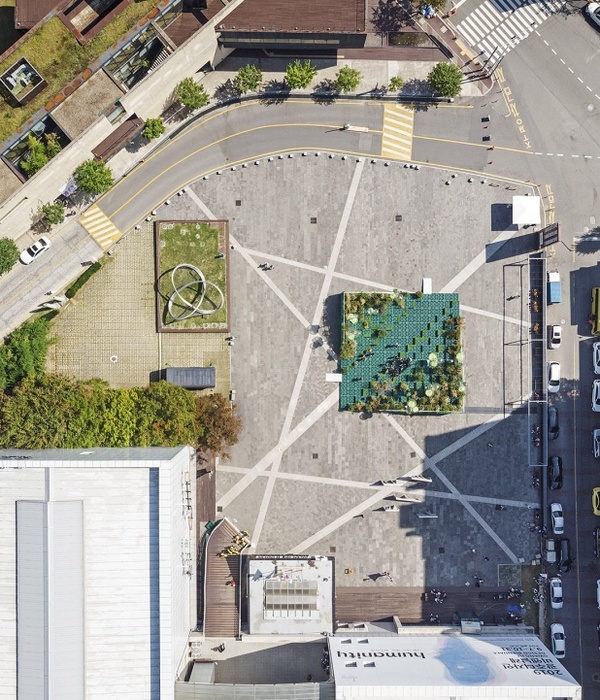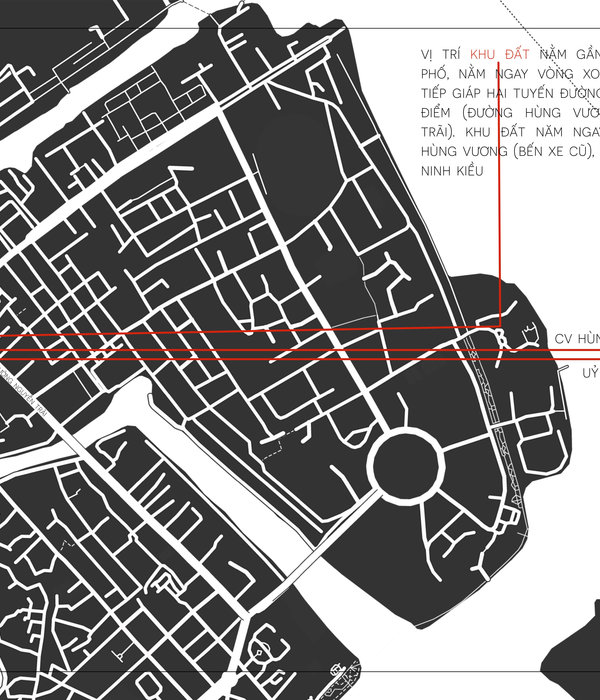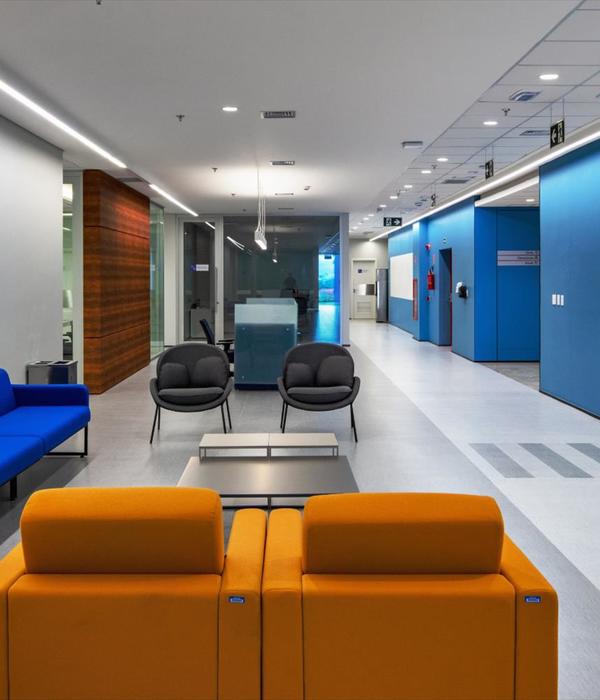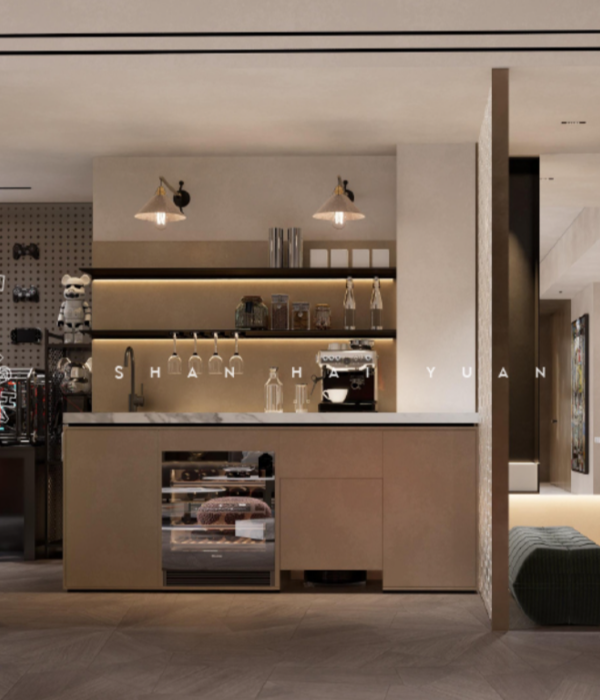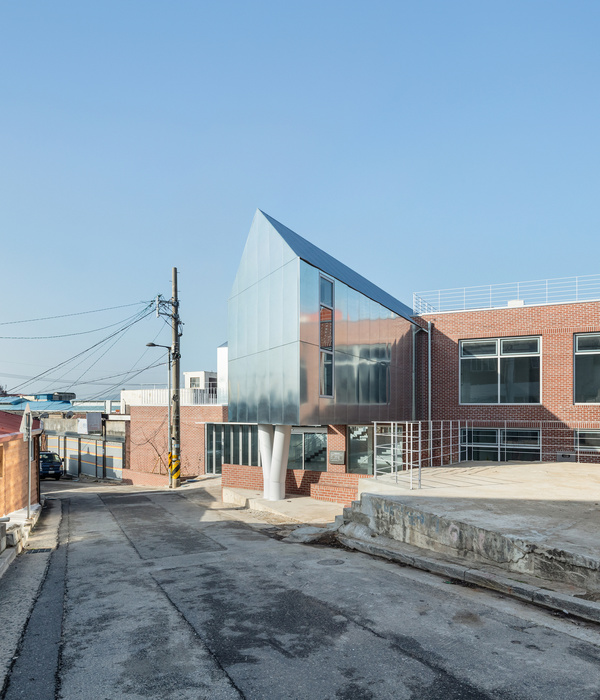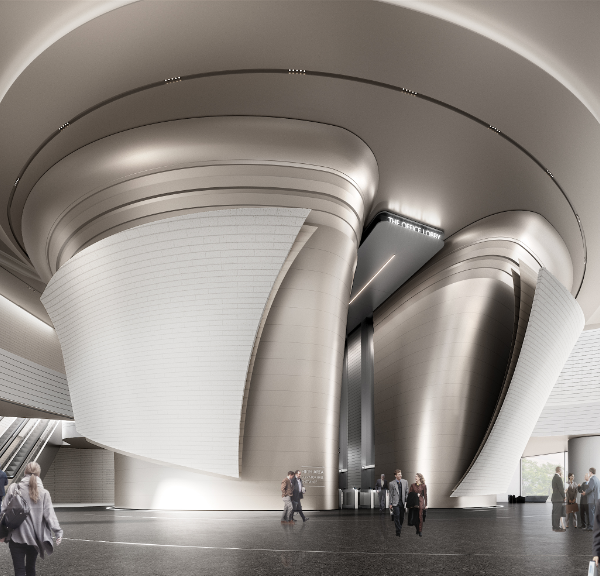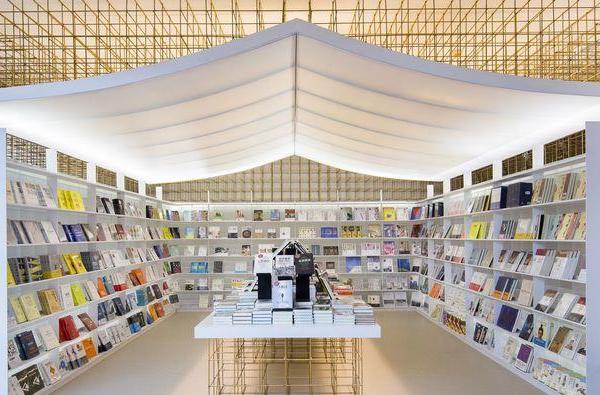这是位于东京涩谷代官山车站东侧的一家画廊的设计方案,主要展示手工艺艺术家的作品。该建筑原本是一座典型的木结构住宅,我们面临的挑战是如何在不强调现有铝制窗框和传统木柱梁结构的前提下,设计一个能够传达业主所期望的独特感的画廊。
This is the design for a gallery located on the east side of Daikanyama Station in Shibuya, Tokyo, focusing on works by craft artists. Originally a typical wooden residence, the challenge for us was to design a gallery that conveys the owner's desired sense of uncommonness without emphasizing the existing aluminum sashes and traditional wooden post-and-beam construction.
我们在现有结构的基础上对空间进行了重组,在展览空间和设施之间建立了分隔明确的区域。通往办公室的楼梯保留了原来的位置。墙面采用易于修复的黑谷和纸,并准备了底座,以适应未来展览的各种形式。
The space was organized by restructuring based on the existing structure, creating zones with a clear separation between the exhibition space and facilities. The staircase leading to the office retains its original location. The walls were finished with easily repairable Kurotani washi paper, prepared with a base to accommodate various forms for future exhibitions.
地板采用水洗表面,天花板采用颜料染色的中涂表面,自然光通过鼓形粘贴的shoji屏风进入,阻挡了外部视线,与空间相得益彰。低调的基础照明与自然光融为一体,营造出安静祥和的氛围。后方的黑色柿子灯为空间增色不少,带来了凝聚力和统一的美感。
The floors were finished with a washed surface, and the ceiling, dyed with pigments on a middle coat finish, complemented the space with a mixture of natural light entering through drum-pasted shoji screens designed to block external views. The subdued base lighting blended with the natural light, creating a quiet and serene ambiance. The space is enhanced by a black persimmon fixture placed in the back, providing cohesion and a unified aesthetic.
在这座新陈代谢迅速的城市的快节奏喧嚣中,画廊期待成为一个永恒的地方,留下新的记忆和时间的流逝。
In the midst of the fast-paced hustle and bustle of this city with a rapid metabolism, the gallery looks forward to serving as an enduring place, marking new memories and the passage of time.
{{item.text_origin}}

